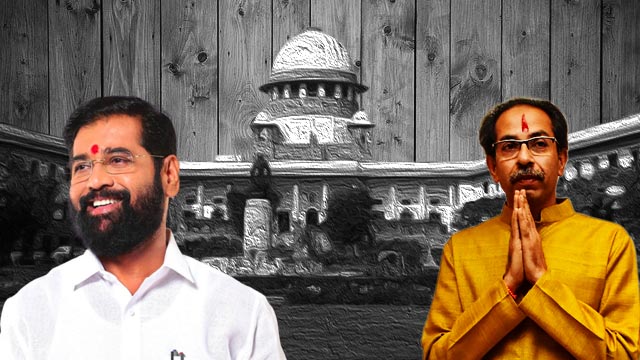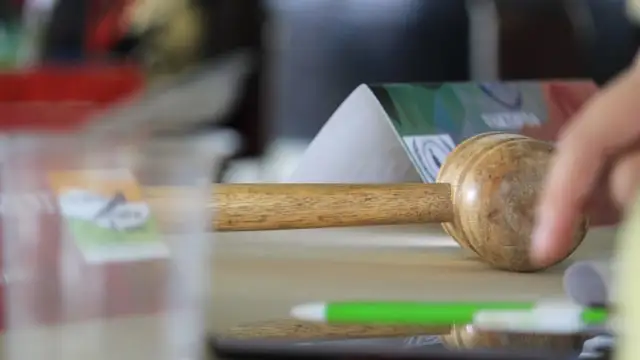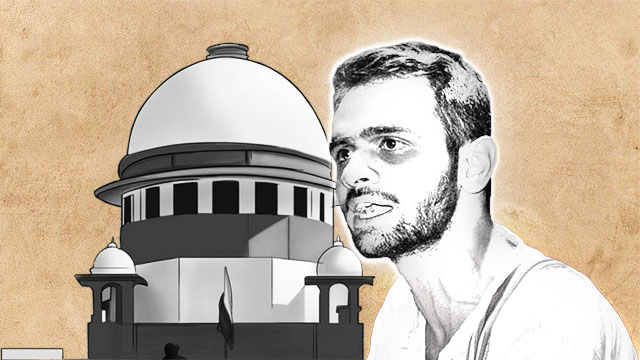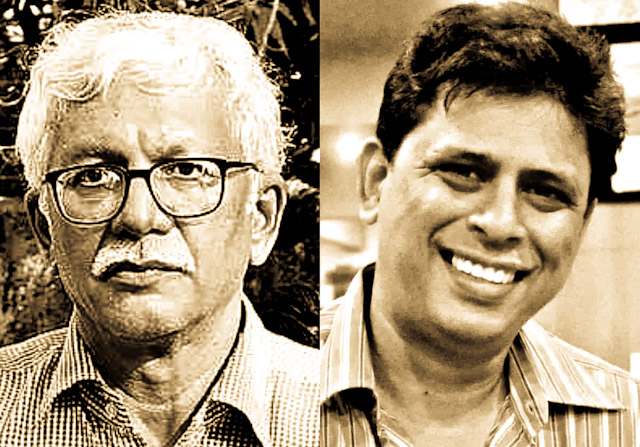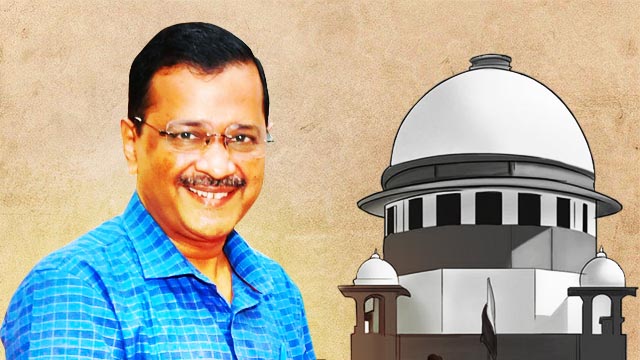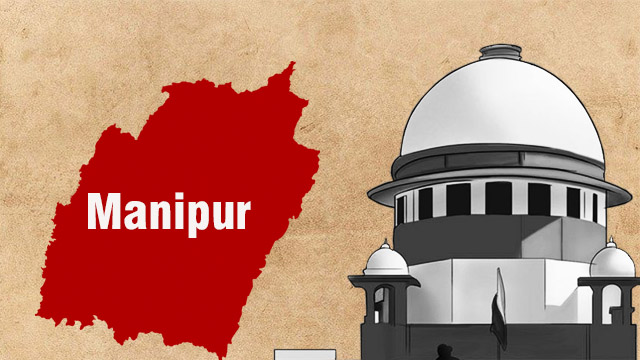The Supreme Court on Thursday, May 11th, delivered its verdict on the Shiv Sena’s splitting in mid-2022 and Eknath Shinde’s election to the post of the chief minister in the Maharashtra Legislative Assembly. The Supreme Court’s verdict on the Shiv Sena strife has got mixed responses from the warring camps of the splintered party, one of which is in power in Maharashtra.
The Supreme Court’s verdict on the Shiv Sena strife held that the decision of former Maharashtra governor Bhagat Singh Koshyari to call for a floor test based on the request of 34 members of the Legislative Assembly (MLAs) was incorrect. The court observed that Koshyari had no objective material before him to conclude that former chief minister Uddhav Thackeray had lost the support of most MLAs.
“The Governor had no objective material on the basis of which he could doubt the confidence of the incumbent government. The resolution on which the Governor relied did not contain any indication that the MLAs wished to exit from the MVA government. The communication expressing discontent on the part of some MLAs is not sufficient for the Governor to call for a floor test (sic)”, the apex court observed.
Calling the former governor’s call for a floor test to settle internal strife within a political party wrong, the Supreme Court’s verdict said, “The political imbroglio in Maharashtra arose as a result of party differences within the Shiv Sena. However, the floor test cannot be used as a medium to resolve internal party disputes or intra party disputes. Dissent and disagreement within a political party must be resolved in accordance with the remedies prescribed under the party constitution, or through any other methods that the party chooses to opt for. There is a marked difference between a party not supporting a government, and individuals within a party expressing their discontent with their party leadership and functioning (sic).”
The Constitution Bench of Chief Justice of India DY Chandrachud and Justices MR Shah, Krishna Murari, Hima Kohli and P S Narasimha observed that the governor’s position is a constitutional one and a governor is a titular head of a state. Thus, a governor can’t meddle in inter-party or intra-party disputes, irrespective of how minute is the role.
“Neither the Constitution nor the laws enacted by Parliament provide for a mechanism by which disputes amongst members of a particular political party can be settled. They certainly do not empower the Governor to enter the political arena and play a role (however minute) either in inter-party disputes or in intra-party disputes. It follows from this that the Governor cannot act upon an inference that he has drawn that a section of the Shiv Sena wished to withdraw their support to the Government on the floor of the House (sic)”, the Constitution Bench said in the verdict.
However, the apex court observed the former governor’s decision to call Shinde to take the oath of office and form government in coalition with the Bharatiya Janata Party (BJP) was justified in view of the situation and as Thackeray had resigned due to which the chief minister’s seat was vacant.
The Supreme Court’s verdict on the Shiv Sena strife observed that a legislative party can’t appoint the party whip in the assembly as that’s the prerogative of the political party. Citing the Tenth Schedule and the anti-defection law, the Constitution Bench observed, “To hold that it is the legislature party which appoints the Whip would be to sever the figurative umbilical cord which connects a member of the House to the political party… This is not the system of governance that is envisaged by the Constitution. In fact, the Tenth Schedule guards against precisely this outcome (sic).”
The Bench couldn’t use the Nabam Rebia (supra) verdict by a Constitution Bench to decide whether a speaker against whom disqualification notice was pending can decide on the disqualification of MLAs, which happened in the case of the Maharashtra Assembly.
The Constitution Bench referred the Nabam Rebia (supra) to a larger Constitution Bench due to apparent contradictions in its verdict. “Based on the submissions which have been canvassed before us, we are of the view that the decision in Nabam Rebia (supra) merits reference to a larger Bench because a substantial question of law remains to be settled”, the Bench said.
However, the Supreme Court’s verdict on the Shiv Sena strife didn’t favour Thackeray’s camp, as the Bench refused to reinstate him as the chief minister. It stated that as Thackeray had resigned voluntarily from the position of chief minister, his resignation can’t be quashed by the apex court. The court could’ve, however, “considered the grant of the remedy of reinstating the government headed by him” had he refrained from resigning and lost the motion of trust.
Both factions welcomed the Supreme Court’s verdict on the Shiv Sena strife, with Shinde calling it an endorsement behind his election as the chief minister and the Thackeray camp claiming that the verdict showed that the former governor and the ‘rebel’ MLAs’ actions were not according to the law. Thackeray even requested Shinde to step down on moral grounds, which the chief minister didn’t respond to.

